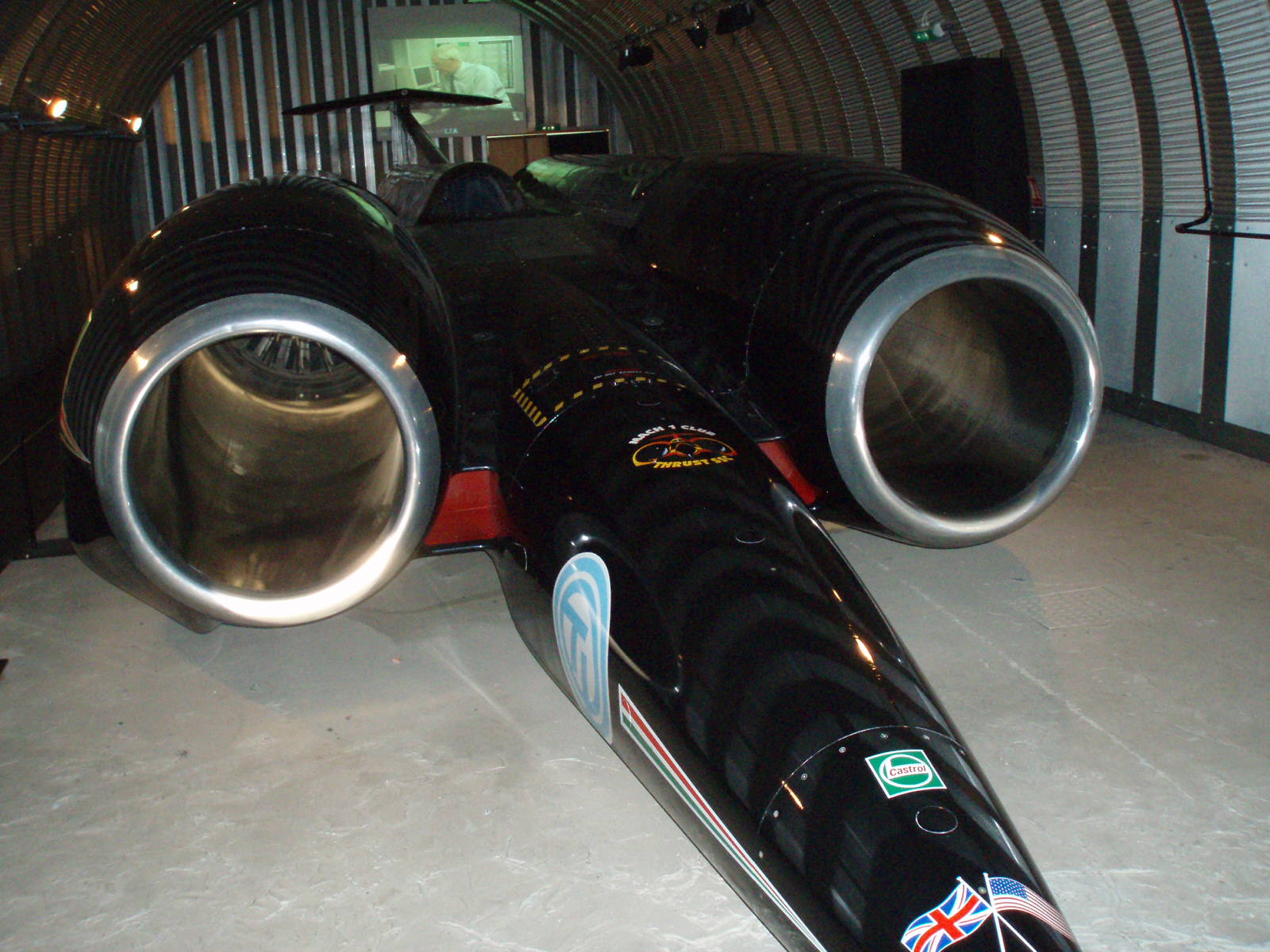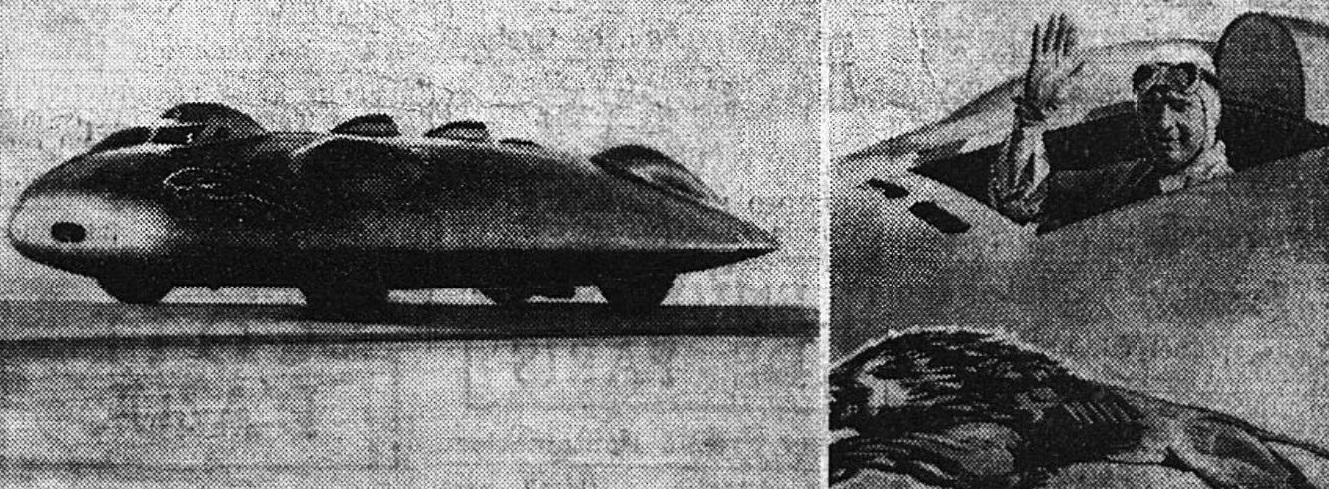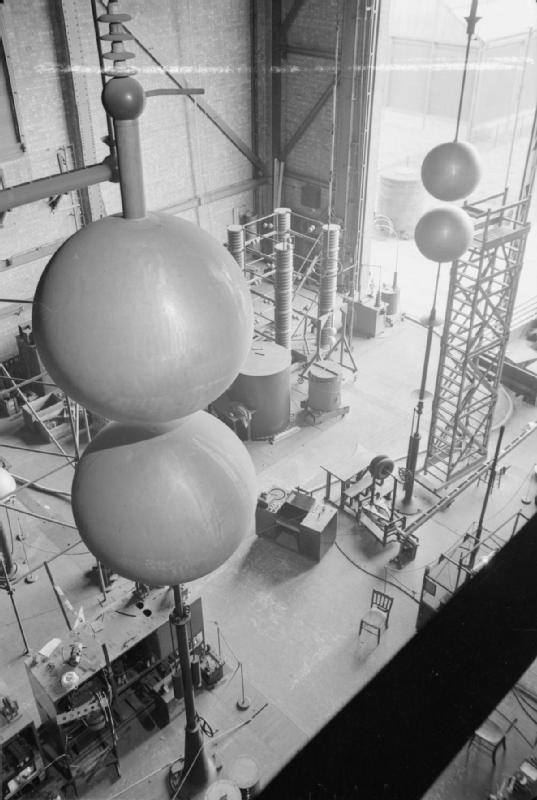|
Railton Special
The ''Railton Special'', later rebuilt as the ''Railton Mobil Special'', is a one-off motor vehicle designed by Reid Railton and built for John Cobb's successful attempts at the land speed record in 1938. It is currently on display at Thinktank, Birmingham Science Museum, England. Design The vehicle was powered by two supercharged Napier Lion VIID (WD) W-12 aircraft engines.400 MPH on Land, ''Motor'' 24 September 1947 reproduced in These engines were the gift of Marion 'Joe' Carstairs, who had previously used them in her powerboat ''Estelle V''. Coupled together, these two engines made @ 3,600 rpm, and of torque. Multiple engines was not a new technique, having already been used by the triple-engined White Triplex and the ''Railton Specials contemporary rival, Captain Eyston's twin-engined ''Thunderbolt''. With the huge powers thus available, the limitation was in finding a transmission and tyres that could cope. Reid Railton found a simple and ingenious solution ... [...More Info...] [...Related Items...] OR: [Wikipedia] [Google] [Baidu] |
Thinktank, Birmingham
Thinktank, Birmingham (formerly known as simply Thinktank) is a science museum in Birmingham, England. Opened in 2001, it is part of Birmingham Museums Trust and is located within the Millennium Point complex on Curzon Street, Digbeth. History The Birmingham Collection of Science & Industry was started in the mid-19th century, initially consisting of collections of weapons from the gun trade and the Birmingham Proof House. The Birmingham Museum & Art Gallery opened in 1885, including science collections. In 1951 the Museum of Science and Industry opened at Elkington Silver Electroplating Works, Newhall Street. Over the following years, the museum acquired individual artefacts, as well as entire collections, that were related to local industry and the history of science and technology. Birmingham City Council decided in 1995 to relocate the museum when it was given an opportunity by the Millennium Commission to construct a new building. The former museum closed in 1997, ... [...More Info...] [...Related Items...] OR: [Wikipedia] [Google] [Baidu] |
Captain Eyston
Captain George Edward Thomas Eyston MC OBE (28 June 1897 – 11 June 1979) was a British engineer, inventor, and racing driver best known for breaking the land speed record three times between 1937 and 1939. Early life George Eyston was educated at Stonyhurst College and Trinity College, Cambridge. His study of engineering at Cambridge was interrupted by World War I when he was commissioned in the Dorset Regiment and later served in the Royal Field Artillery. After the war he returned to Trinity College and was captain of the First Trinity Boat Club. Career Motor racing Eyston's racing career began before World War One, when he was still a schoolboy, and raced motorcycles under an assumed name. After the war (in which he was awarded the Military Cross) he reverted to his own name, moved on to car racing and entered European road races, particularly in Bugattis, with success in races such as the 1921 and 1926 French Grand Prix Later he became well known for racing supercharg ... [...More Info...] [...Related Items...] OR: [Wikipedia] [Google] [Baidu] |
1938 In Motorsport
The following is an overview of the events of 1938 in motorsport including the major racing events, motorsport venues that were opened and closed during a year, championships and non-championship events that were established and disestablished in a year, and births and deaths of racing drivers and other motorsport people. Annual events The calendar includes only annual major non-championship events or annual events that had own significance separate from the championship. For the dates of the championship events see related season articles. Births Deaths See also * List of 1938 motorsport champions References External links {{DEFAULTSORT:1938 In Motorsport Motorsport by year ... [...More Info...] [...Related Items...] OR: [Wikipedia] [Google] [Baidu] |
Vehicles Powered By Napier Lion Engines
A vehicle (from la, vehiculum) is a machine that transports people or cargo. Vehicles include wagons, bicycles, motor vehicles (motorcycles, cars, trucks, buses, mobility scooters for disabled people), railed vehicles (trains, trams), watercraft (ships, boats, underwater vehicles), amphibious vehicles (screw-propelled vehicles, hovercraft), aircraft (airplanes, helicopters, aerostats) and spacecraft.Halsey, William D. (Editorial Director): ''MacMillan Contemporary Dictionary'', page 1106. MacMillan Publishing, 1979. Land vehicles are classified broadly by what is used to apply steering and drive forces against the ground: wheeled, tracked, railed or skied. ISO 3833-1977 is the standard, also internationally used in legislation, for road vehicles types, terms and definitions. History * The oldest boats found by archaeological excavation are logboats, with the oldest logboat found, the Pesse canoe found in a bog in the Netherlands, being carbon dated to 8040 ... [...More Info...] [...Related Items...] OR: [Wikipedia] [Google] [Baidu] |
Vehicles Designed By Reid Railton
A vehicle (from la, vehiculum) is a machine that transports people or cargo. Vehicles include wagons, bicycles, motor vehicles (motorcycles, cars, trucks, buses, mobility scooters for disabled people), railed vehicles (trains, trams), watercraft (ships, boats, underwater vehicles), amphibious vehicles (screw-propelled vehicles, hovercraft), aircraft (airplanes, helicopters, aerostats) and spacecraft.Halsey, William D. (Editorial Director): ''MacMillan Contemporary Dictionary'', page 1106. MacMillan Publishing, 1979. Land vehicles are classified broadly by what is used to apply steering and drive forces against the ground: wheeled, tracked, railed or skied. ISO 3833-1977 is the standard, also internationally used in legislation, for road vehicles types, terms and definitions. History * The oldest boats found by archaeological excavation are logboats, with the oldest logboat found, the Pesse canoe found in a bog in the Netherlands, being carbon dated to 8040 ... [...More Info...] [...Related Items...] OR: [Wikipedia] [Google] [Baidu] |
Land Speed Record
The land speed record (or absolute land speed record) is the highest speed achieved by a person using a vehicle on land. There is no single body for validation and regulation; in practice the Category C ("Special Vehicles") flying start regulations are used, officiated by regional or national organizations under the auspices of the Fédération Internationale de l'Automobile (FIA). The land speed record (LSR) is standardized as the speed over a course of fixed length, averaged over two runs (commonly called "passes"). Two runs are required in opposite directions within one hour, and a new record mark must exceed the previous one by at least one percent to be validated. History The first regulator was the ''Automobile Club de France'', which proclaimed itself arbiter of the record in about 1902. Until 1903, trains held the land speed record for fastest vehicles in which people could travel. Different clubs had different standards and did not always recognize the same w ... [...More Info...] [...Related Items...] OR: [Wikipedia] [Google] [Baidu] |
Goldenrod (car)
''Goldenrod'' is an American streamliner land speed racing car which held the wheel-driven land speed record from 1965 to 1991. It was owned by Bob "Butch" and Bill Summers, of Ontario, California. Bob Summers drove the car to set the land speed record. The car is powered by four fuel injected Chrysler Hemi engines mounted inline and created a total output of . The car was originally built in Southern California by a team that included James Crosby. Before finding their final success, the two brothers contacted a fuel specialist and racing equipment pioneer and inventor named Tony Capanna, owner of Wilcap Co. (at that time in Torrance California). They were having trouble getting the speed they wanted with the 4 engines set in 2 rows side by side. Capanna suggested they put the engines in line and have it streamlined. In this configuration it was called ''Goldenrod''. Capanna advised them to get aerodynamic advice from a Lockheed engineer, Walter Korff. The Goldenrod configurat ... [...More Info...] [...Related Items...] OR: [Wikipedia] [Google] [Baidu] |
John Cobb (racing Driver)
John Rhodes Cobb (2 December 1899 – 29 September 1952) was an early to mid 20th century English racing motorist. He was three times holder of the World Land Speed Record, in 1938, 1939 and 1947, set at Bonneville Speedway in Utah, US. He was awarded the Segrave Trophy in 1947. He was killed in 1952 whilst piloting a jet powered speedboat attempting to break the World Water Speed Record on Loch Ness water in Scotland. Early life Cobb was born in Esher, Surrey, on 2 December 1899, near the Brooklands motor racing track which he frequented as a boy. He was the son of Florence and Rhodes Cobb, a wealthy furs broker in the City of London. He received his formal education at Eton College and Trinity Hall, Cambridge, before joining his father's firm and pursuing a successful career as the managing director of a number of companies in the trade, the personal financial resources from which he used to fund a passion for large capacity motor high speed racing. In 1924 he acquired a Ro ... [...More Info...] [...Related Items...] OR: [Wikipedia] [Google] [Baidu] |
Mobil Oil
Mobil is a petroleum brand owned and operated by American oil and gas corporation ExxonMobil. The brand was formerly owned and operated by an oil and gas corporation of the same name, which itself merged with Exxon to form ExxonMobil in 1999. A direct descendant of Standard Oil, Mobil was originally known as the Standard Oil Company of New York (shortened to Socony) after Standard Oil was split into 34 different entities in a 1911 Supreme Court decision. Socony merged with Vacuum Oil Company, from which the Mobil name first originated, in 1931 and subsequently renamed itself to Socony-Vacuum Oil Company. Over time, Mobil became the company's primary identity, which incited another renaming in 1963, this time to Mobil Corporation. Mobil credits itself with being the first company to introduce paying at the pump at its gas stations, the first company to produce jet aviation fuel, as well as the first company to introduce a mobile payment device, today known as Speedpass. In 1 ... [...More Info...] [...Related Items...] OR: [Wikipedia] [Google] [Baidu] |
Wind Tunnel
Wind tunnels are large tubes with air blowing through them which are used to replicate the interaction between air and an object flying through the air or moving along the ground. Researchers use wind tunnels to learn more about how an aircraft will fly. NASA uses wind tunnels to test scale models of aircraft and spacecraft. Some wind tunnels are large enough to contain full-size versions of vehicles. The wind tunnel moves air around an object, making it seem as if the object is flying. Most of the time, large powerful fans suck air through the tube. The object being tested is held securely inside the tunnel so that it remains stationary. The object can be an aerodynamic test object such as a cylinder or an airfoil, an individual component, a small model of the vehicle, or a full-sized vehicle. The air moving around the stationary object shows what would happen if the object was moving through the air. The motion of the air can be studied in different ways; smoke or dye can be ... [...More Info...] [...Related Items...] OR: [Wikipedia] [Google] [Baidu] |
National Physical Laboratory (United Kingdom)
The National Physical Laboratory (NPL) is the national measurement standards laboratory of the United Kingdom. It is one of the most extensive government laboratories in the UK and has a prestigious reputation for its role in setting and maintaining physical standards for British industry. Founded in 1900, it is one of the oldest metrology institutes in the world. Research and development work at NPL has contributed to the advancement of many disciplines of science, including the development early computers in the late 1940s and 1950s, construction of the first accurate atomic clock in 1955, and the invention and pioneering implementation of packet switching in the 1960s, which is today one of the fundamental technologies of the Internet. The former heads of NPL include many individuals who were pillars of the British scientific establishment. NPL is based at Bushy Park in Teddington, west London. It is under the management of the Department for Business, Energy and Industria ... [...More Info...] [...Related Items...] OR: [Wikipedia] [Google] [Baidu] |
.jpg)







